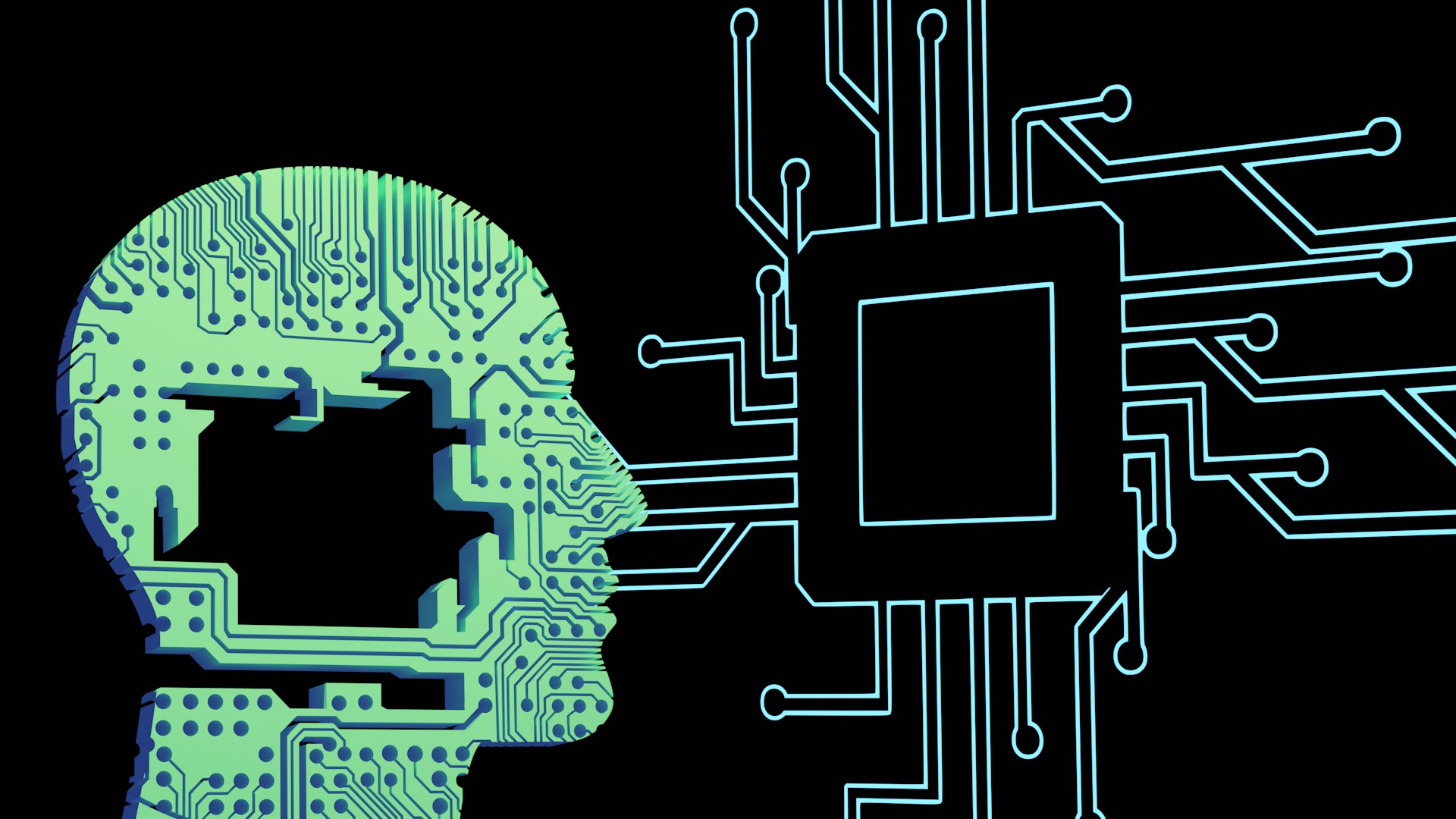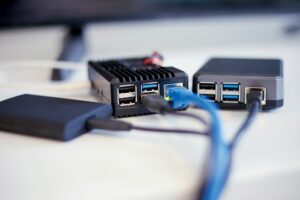What Role Does Artificial Intelligence Play in the Field of Personal Computing?

What Role Does Artificial Intelligence Play in the Field of Personal Computing?
The term “artificial intelligence” (AI) is no longer a notion that is restricted to research laboratories; rather, it is now at the core of contemporary personal computers. The method in which we engage with technology is being revolutionized by artificial intelligence (AI), which is affecting everything from the way we compose emails and edit images to the way our gadgets anticipate our requirements. The personal computer, which was formerly a tool that was static, is going through a fast transformation into an intelligent companion that can learn, react, and optimize itself to fit the specific needs of individual users.
1. The Increasing Presence of Artificial Intelligence in Everyday Computing
Artificial intelligence has gradually been integrated into almost every facet of personal computing. Machine learning is increasingly being used in a variety of applications, including web browsers, productivity apps, and operating systems, to enhance both performance and the user experience. In order to provide more intelligent help, automate operations that are repetitive, and make computing more intuitive than it has ever been, these systems continually analyze data. Examples of such systems include Windows Copilot, the intelligent recommendations in macOS, and the features of Google Chrome that are powered by artificial intelligence.
2. Operating systems and user interfaces that are more intelligent
Artificial intelligence is currently being used by modern operating systems to improve usability and efficiency. Systems are able to provide users with proactive assistance with instructions, searches, and setups, as shown by Microsoft’s Windows 11 Copilot and Apple’s integrations of Siri and Spotlight. The ability to comprehend what the user is doing and provide them with appropriate tools, shortcuts, and insights in real time is made possible by artificial intelligence or context awareness. The introduction of this change signifies the move from manual computing to interaction based on communication.
3. Individualized Performance Enhancement and Retraining
The way in which users interact with their computers is monitored by AI algorithms, which then automatically alter the functioning of the system. In order to achieve maximum speed and energy efficiency, features such as adaptive battery management, predictive resource allocation, and cooling systems powered by artificial intelligence are implemented. Without the need for human involvement, artificial intelligence can prioritize applications, manage memory, and prolong the life of hardware by studying workloads and habits.
4. Productivity Tools That Are Set to Revolutionize
Whether it is via Google Workspace’s Gemini or Microsoft Office’s Copilot, artificial intelligence is radically altering the ways in which people create and collaborate. Electronic mail, document summaries, PowerPoint presentations, and even spreadsheet analysis are all tasks that these assistants are capable of doing. Productivity is transformed from a manual process into a collaboration between human creativity and machine intelligence via the use of artificial intelligence (AI), which saves hours of mundane work and improves accuracy.
5. Enhanced levels of creativity and the generation of content
Workflows belonging to creative workers are undergoing a significant transition at the moment. Computer programs such as Adobe Firefly, Canva’s Magic Studio, and the artificial intelligence design helpers offered by Figma all make use of machine learning to produce visuals, propose layouts, and even edit material automatically. In the same way that musicians utilize AI to mix recordings or develop new melodies, authors may benefit from grammar checkers, rewriters, and idea generators that are powered by artificial intelligence. Artificial intelligence has made it possible for anybody to make high-quality material with no technical skill, hence democratizing creativity.
6. AI in the Editing of Photographs and Videos
Photo and video editors that are driven by artificial intelligence now utilize sophisticated algorithms to recognize objects, eliminate backgrounds, improve lighting, and restore details in a matter of seconds. The use of neural networks in software applications like Adobe Photoshop’s Generative Fill, Luminar Neo, and DaVinci Resolve allows for the automation of difficult adjustments that were previously only possible with the expertise of a professional. These technologies not only enhance the quality of the work, but they also speed up processes and expand the boundaries of what is possible for artists.
7. Protection of Your Privacy and An Intelligent Security System
AI is an essential component in the defense of personal computers against potential dangers. In order to identify potentially malicious behavior in real time, contemporary antivirus and firewall systems make use of behavioral analysis and machine learning approaches. Phishing efforts can be recognized by artificial intelligence, malware can be identified before it spreads, and AI can adapt to new forms of assaults more quickly than conventional approaches. Additionally, artificial intelligence is used by biometric systems, such as Windows Hello face recognition, to improve convenience as well as increased safety.
8. Voice control and technology that processes natural language
The evolution of voice assistants such as Cortana, Alexa, and Google Assistant may be attributed to natural language processing (NLP) that is powered by artificial intelligence. They now have the ability to comprehend context, tone, and even purpose, which enables people to manage computers via the use of simple voice commands. In addition to its convenience, this technology enhances accessibility by enabling people with impairments to connect with computers in a more efficient manner via the use of voice recognition and predictive typing.
9. Searching and retrieving information with artificial intelligence
The way in which we locate information has been revolutionized by AI. Rather of having to go through an infinite number of results, customers may now obtain answers and summaries that are created by AI models that are aware of the context. Windows Copilot, Google’s Search Generative Experience (SGE), and Edge’s AI sidebar are examples of features that integrate online data, personal files, and system knowledge to provide quick, intelligent solutions that are customized to the user’s inquiry.
10. Predictive health monitoring and maintenance of the system
AI makes it possible to do predictive diagnostics, which may notify consumers before problems with their hardware or software arise. It is possible for machine learning algorithms to identify abnormalities in storage, temperature, or power use if they continually monitor performance data. This makes it possible for systems to take preventative measures, such as optimizing disk space or altering fan speeds, before issues become more severe, which results in performance that is more consistent and lasts for a longer period of time.
11. Improvements to Real-Time Graphics and Gaming Experiences
Artificial intelligence has brought about a revolution in gaming by providing realistic worlds and adaptable challenges. Deep learning is used by technologies such as NVIDIA DLSS, AMD FSR, and Intel XeSS to enhance graphics, resulting in improved frame rates and picture quality. A more immersive gaming experience may now be achieved via the use of AI-driven game engines, which are able to generate responsive environments in which opponents learn from player behavior and non-player characters respond dynamically to actions.
12. Computer programming that is accessible and inclusive
Artificial intelligence is removing hurdles for people who have limitations. Inclusion in personal computing is being increased by the implementation of features like as real-time captioning, screen readers with artificial intelligence understanding, and gesture recognition. Windows Accessibility Assistant is one example of a tool that uses artificial intelligence to comprehend user intent. This makes it simpler for those who have difficulties with their vision, hearing, or mobility to navigate digital settings.
13. On-Device Processing and Local Artificial Intelligence Models
The most recent laptops and personal computers come pre-installed with Neural Processing Units (NPUs), which enable artificial intelligence activities to be executed locally rather than depending on cloud computing. In other words, this results in quicker responses, decreased latency, and improved privacy. A new age of artificial intelligence-accelerated computing is being ushered in by companies such as Apple, Intel, and AMD, who are embedding specialized artificial intelligence gear directly into their CPUs.
The Future: Artificial Intelligence as a Genuine Digital Companion
When it comes to personal computing, the next stage is to create a seamless cooperation between people and artificial intelligence. Just for a moment, picture a computer that is aware of your routine, can anticipate your requirements, and adjusts its user interface appropriately. In the future, personal computers will be able to give highly individualized digital experiences by combining artificial intelligence reasoning, voice interaction, and augmented reality. The difference between an operating system and an assistant will become less noticeable, and it will be replaced with adaptive intelligence that develops according to your needs.
In conclusion, the age of computing is characterized by intelligence.
Computers are not only being improved by artificial intelligence; rather, they are being redefined by it. The conventional personal computer has evolved into a dynamic ecosystem that can discover new things, provide assistance, and progress alongside its user. Personal computing will become more user-friendly, safe, and powerful than it has ever been before as artificial intelligence continues to develop and mature. The age that we are about to enter is one in which intelligence is not only incorporated into our gadgets; rather, it is woven into the fundamental fabric of computing itself.




